TRY ANOTHER GREAT READ FROM ECW PRESS...
 MALIGNANT METAPHOR Why does cancer have such a deadly hold over our collective imagination? Why do we fear it above all else, even bankruptcy, crime, and sudden death? And why is our dread intensifying, despite the fact that many types of cancer are less common than ever, more curable, and far better understood?
MALIGNANT METAPHOR Why does cancer have such a deadly hold over our collective imagination? Why do we fear it above all else, even bankruptcy, crime, and sudden death? And why is our dread intensifying, despite the fact that many types of cancer are less common than ever, more curable, and far better understood?
Because cancer has become our malignant metaphor, a billboard for our secret sins. We havent been eating the right food; we have failed to exercise enough; we have buried too much destructive emotion in short, we have brought the disease upon ourselves. Somehow, we have allowed cancer to represent an irreconcilable trifecta of blame and anxiety: it is inevitable, yet preventable and deserved.
But it is time to rewrite the metaphor.
When her beloved brother-in-law is diagnosed with the disease, award-winning science writer Alanna Mitchell throws herself into the latest research and clinical literature, breaking it down into a clear, understandable description of what doctors and scientists know of cancer and its treatments. Clear-eyed and compassionate, Mitchell opens the door to new ways of looking at our most-feared illness.
ECW digital titles are available online wherever ebooks are sold. Visit ecwpress.com for more details. To receive special offers, bonus content and a look at whats next at ECW, sign up for our newsletter!

About the Author
Arlene Weintraub has written about science and health for Forbes.com, U.S. News & World Report, New Scientist, and other publications. She was previously a science writer at BusinessWeek and is the author of Selling the Fountain of Youth: How the Anti-Aging Industry Made a Disease Out of Getting Oldand Made Billions.

Heal
The Vital Role of Dogs in the
Search for Cancer Cures
Arlene Weintraub
ECW Press
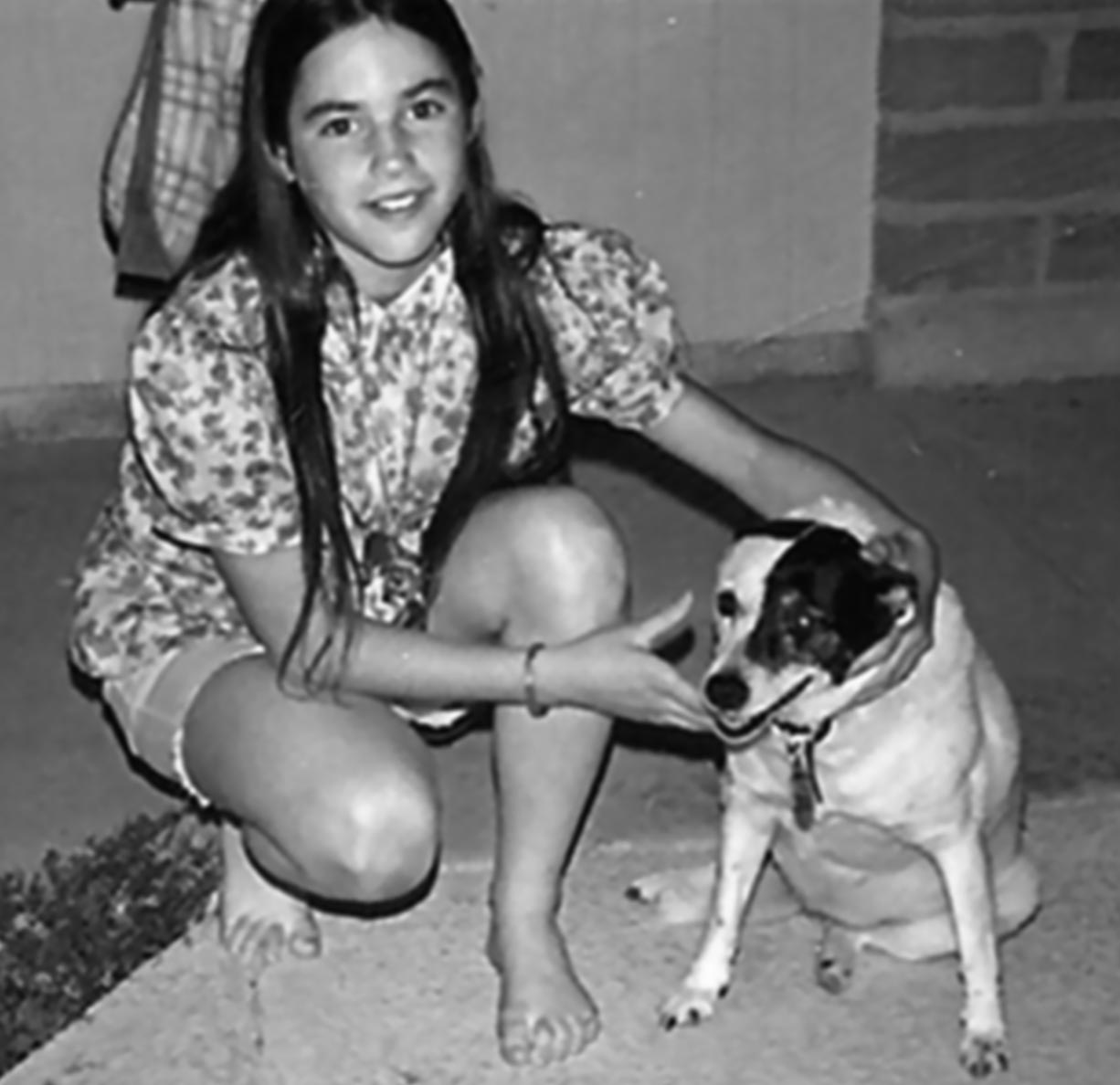
Beth and Spot, the fox terrier mix, circa 1973
For My Family
In Loving Memory of
Beth Ellen Weintraub Schoenfeld,
19622010
Prologue
206 Dogs
In February 2012, I flew to San Francisco, rented a tiny Suzuki four-door sedan, and drove 120 miles southeast in search of inspiration from dogs. I headed for Los Banos, California, home of retired schoolteachers Alan and Kathy Wilber, whose golden retriever, Basil, had been diagnosed with cancer in 2001 at the age of two. In a last-ditch attempt to save their young dogs life, the Wilbers entered Basil into an experimental drug trial.
This trial was part of a growing international effort to recruit dogs with cancer for research designed to yield new and vastly improved treatments for both man and mans best friend. The scientists who invented that drug were also developing a version of it for people, and using what they learned from the dog trial to improve their efforts.
I had been working as a science reporter when I first learned about this initiative, which is called comparative oncology. Fascinated, I set out to learn as much as I could about the dogs contributing to the search for cancer cures.
My interest was not just professional, nor was it entirely driven by my lifelong love of dogs. Two years before I met Basils family, I lost my sister, Beth, to gastric cancer. Witnessing her brutal battle against a disease that was ultimately unconquerable left me feeling empty and hopeless. So after she died, I sought comfort in the stories of the dogs whose own cancer battles were inspiring new treatments.
As I dug deeper into the topic, I learned that one of the first big comparative oncology projects was a trial at the University of California at Davis the trial that offered Basil a second chance at life. That research resulted in Palladia, the first-ever product approved by the Food and Drug Administration ( FDA ) to treat cancer in dogs, and a similar drug for people called Sutent.
A young veterinary oncologist at UC Davis named Cheryl London conceived of and managed the two clinical trials that the FDA required before it would approve Palladia. The first trial started in 2001 and enrolled fifty-seven dogs whose owners were willing to try the little-understood new drug.
Among the 206 dogs that nudged Palladia to market were purebreds and mixed breeds, giant dogs and tiny lapdogs. They had one thing in common: their owners were willing to advance the search for a cure in return for the slim chance that they would get to spend more time with their beloved pets.
Ten years later, I wanted to learn more about those 206 dogs and their owners. I knew the dogs were gone, whether they had lost their battle against cancer, or had won it and ended up dying of old age. But I needed to hear their stories and see their photos. I needed to tell their owners that their contribution to cancer research was making a difference for millions of patients and pets around the world. Most of all, I needed to see how the trailblazing research that they had participated in had given rise to other studies that were yielding new therapies for dogs and people with cancer.
I needed 206 reasons to believe there was hope for a cure.
I soon realized, however, that uncovering all 206 stories would not be easy. When I reached London by phone to tell her about my book project, she explained that clinical trial records in veterinary medicine are often thrown out a few years after theyre published, which would make it difficult for me to locate the names and contact information for the participants in those trials. Furthermore, many pet owners lose touch with their veterinary oncologists after their dogs treatment has finished either because the dog survives and returns to a normal, healthy life, or doesnt, and the owner moves on, eager to put the whole cancer nightmare behind them. London simply no longer knew where most of the Palladia trial participants were.
I was undeterred.
My mission turned into a much broader journey, during which I learned about hundreds of research programs aimed at finding new cures for cancers that are the same in dogs and people. As I met the dogs and their owners who were participating in this research, I became more and more curious about exactly how veterinary medicine is helping uncover innovative new pathways in the search for those elusive cures.
So I broadened the boundaries of my research even further. I looked into newly released reports about the dogs remarkable ability to sniff out cancer and the efforts underway to translate that talent into devices that might be able to detect some cancers in humans before they produce symptoms. Even our feline friends, I learned, are becoming allies in the war on cancer (see Chapter 8).
My story includes information I gathered during visits to eight universities over the course of two years, along with additional details I learned during in-person and telephone interviews with people who participate in comparative oncology research. All of the anecdotes and quotes in this book come from my interviews with veterinarians, oncologists, scientists, drug company executives, and pet owners, unless otherwise noted.

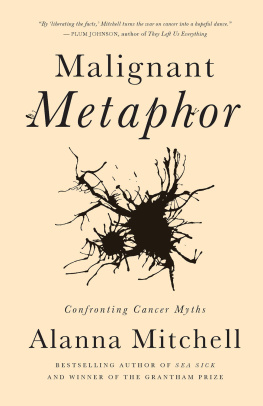

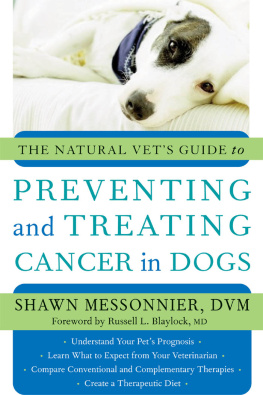
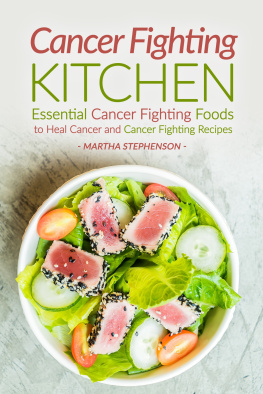
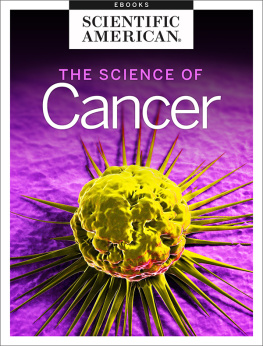
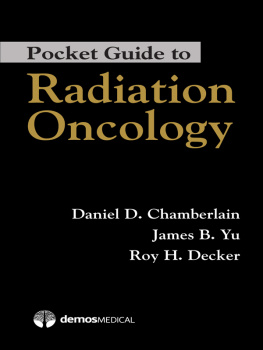
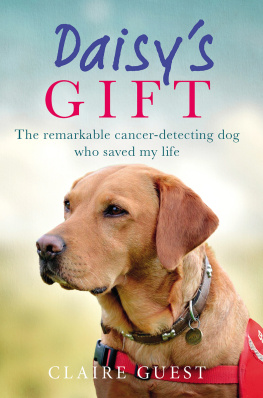
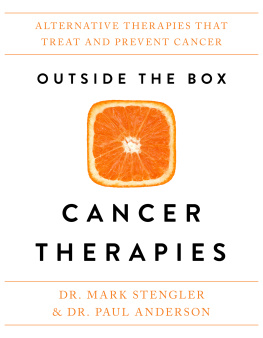
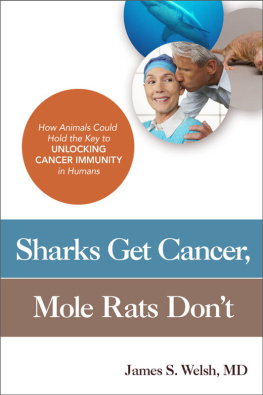
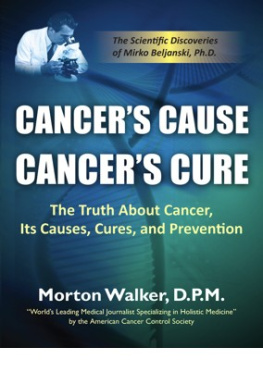
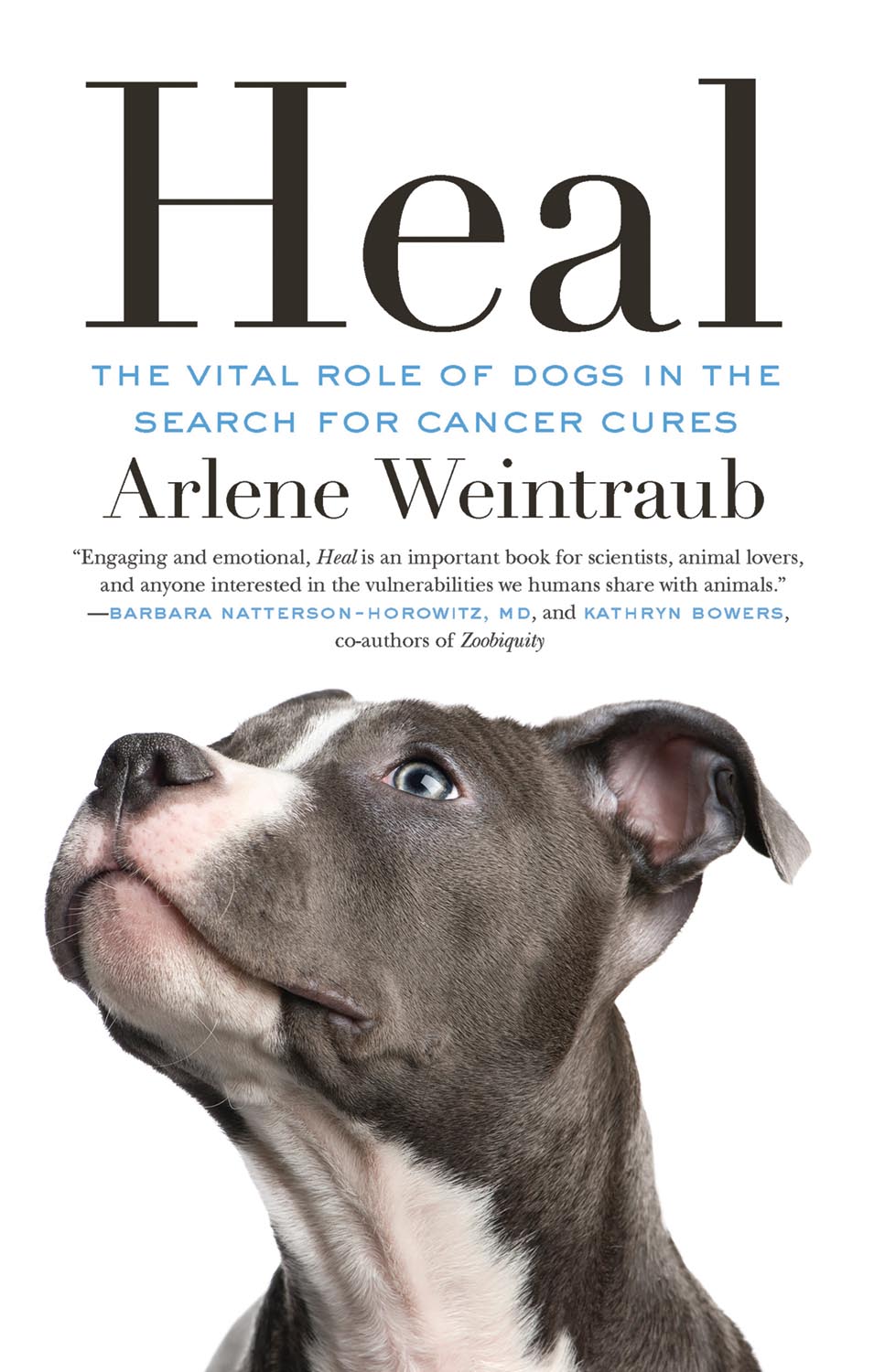
 MALIGNANT METAPHOR Why does cancer have such a deadly hold over our collective imagination? Why do we fear it above all else, even bankruptcy, crime, and sudden death? And why is our dread intensifying, despite the fact that many types of cancer are less common than ever, more curable, and far better understood?
MALIGNANT METAPHOR Why does cancer have such a deadly hold over our collective imagination? Why do we fear it above all else, even bankruptcy, crime, and sudden death? And why is our dread intensifying, despite the fact that many types of cancer are less common than ever, more curable, and far better understood?

